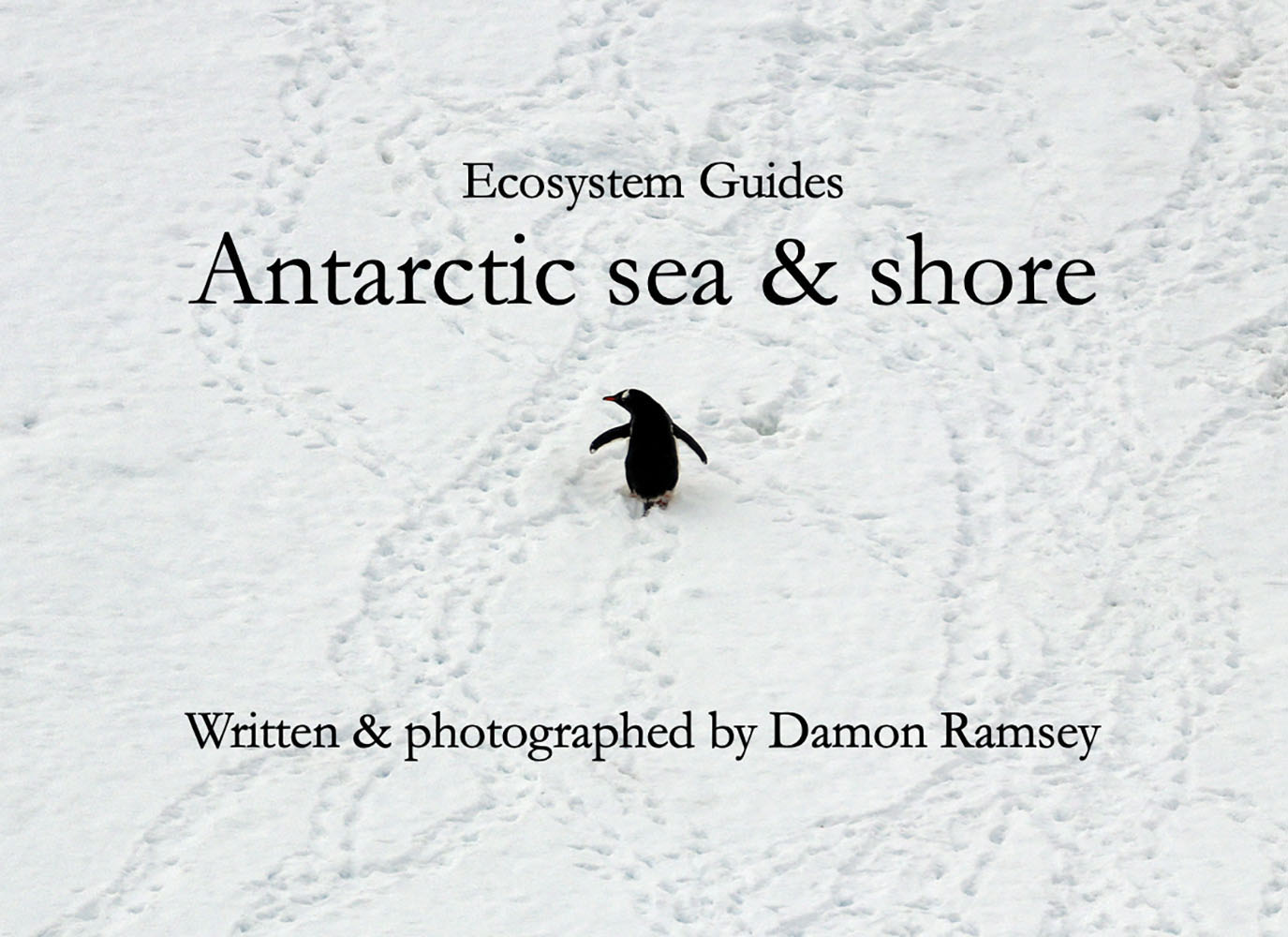ecosystem-guides.com
....exploring the planet's ecosystems
AUSTRALASIAN
Tropical Freshwater
(rivers, lakes & wetlands)
The freshwater wetlands, lakes and rivers of New Guinea and northern Australia...
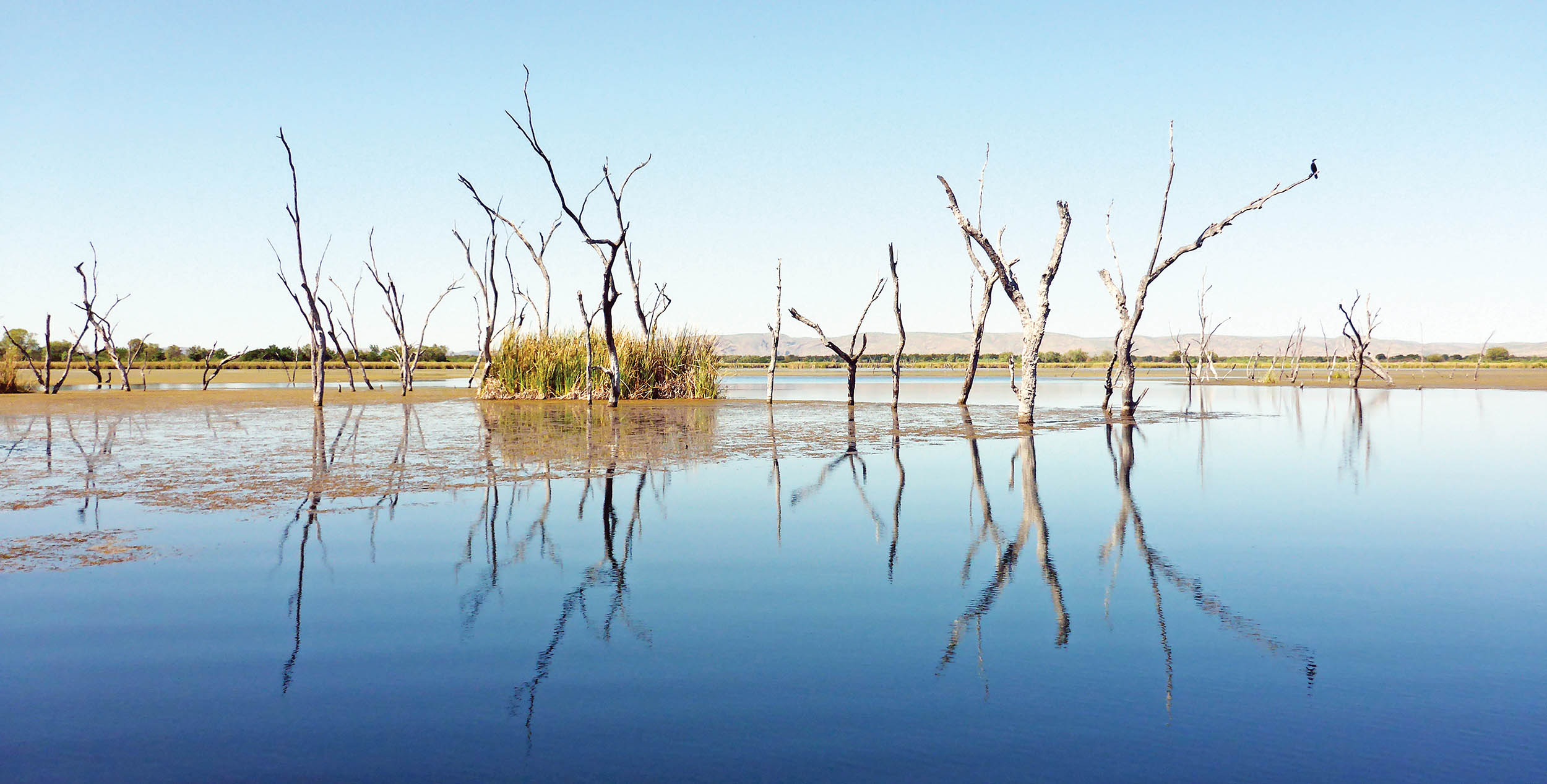
Today, most Australians recognise two obvious and very contrasting seasons: a ‘wet season’ in summer and a ‘dry season’ in the winter. Of course people that live on the land or work in the field for more than a few years also start to recognise these distinct seasons.
The ‘underwater time’ occurs after the violence of the ‘build-up’ thunder and lightening, and the constant rain of the wet; this ‘autumn’ is a calmer time of slightly dropping temperatures and flooded plains. If it has been a good wet, there are pools of water everywhere. At the beginning of the ‘dry’, a flight across the country reveals glints of sun reflecting off pools of water in every rock hole and crevice.
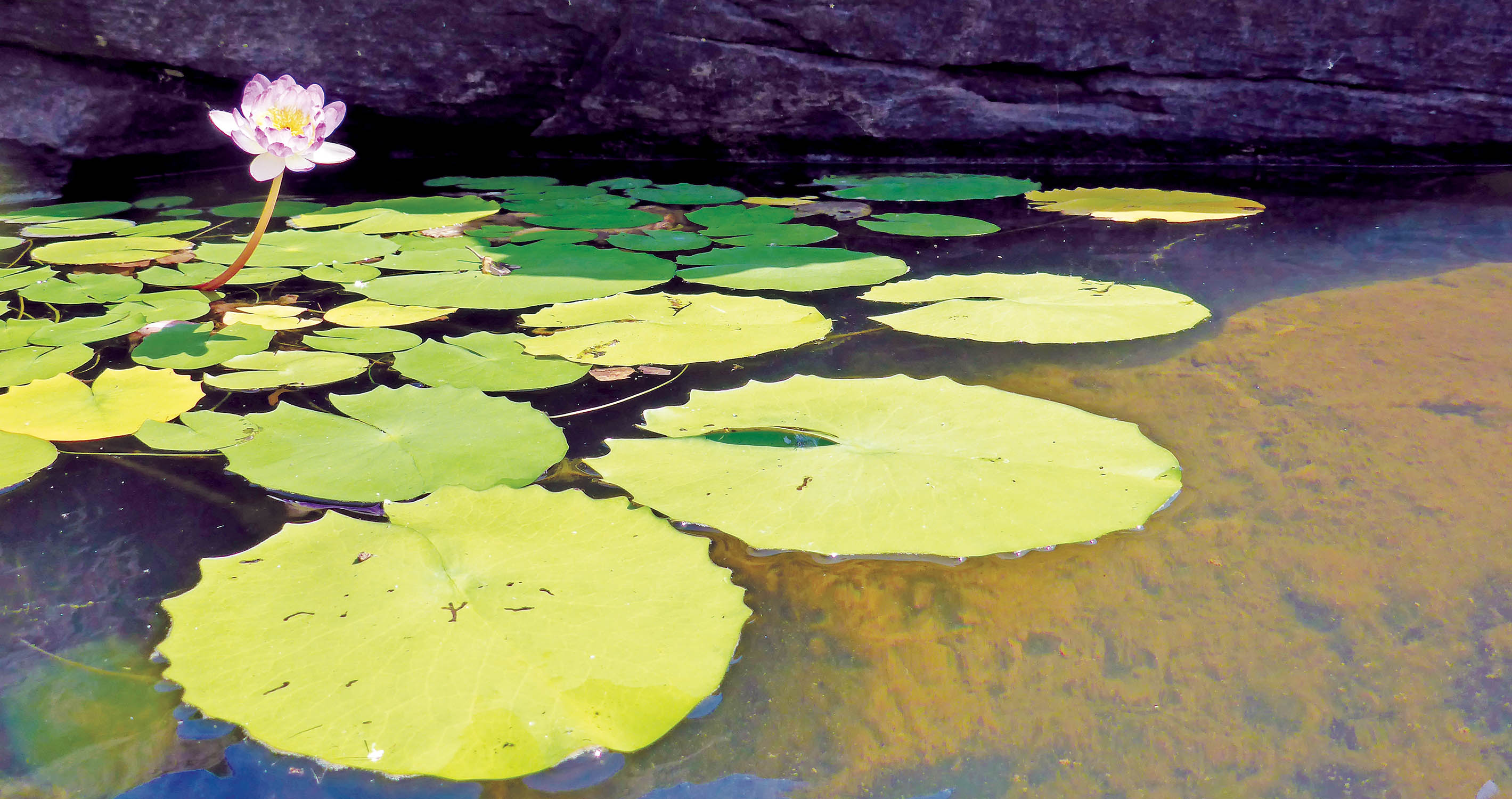
Plants include...
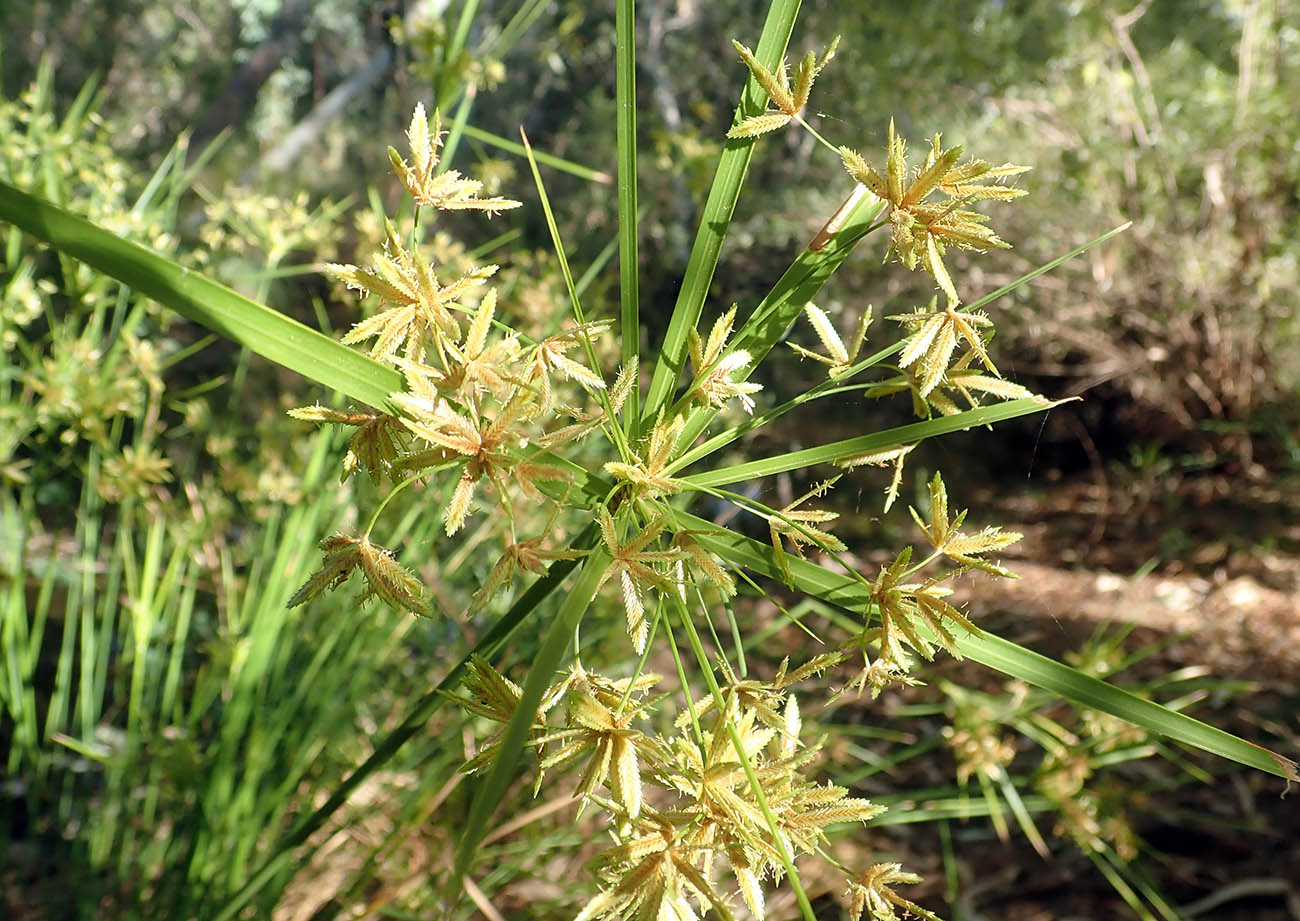 Cyperus involucratus, (Lake Clem Walton, Queensland)
Cyperus involucratus, (Lake Clem Walton, Queensland)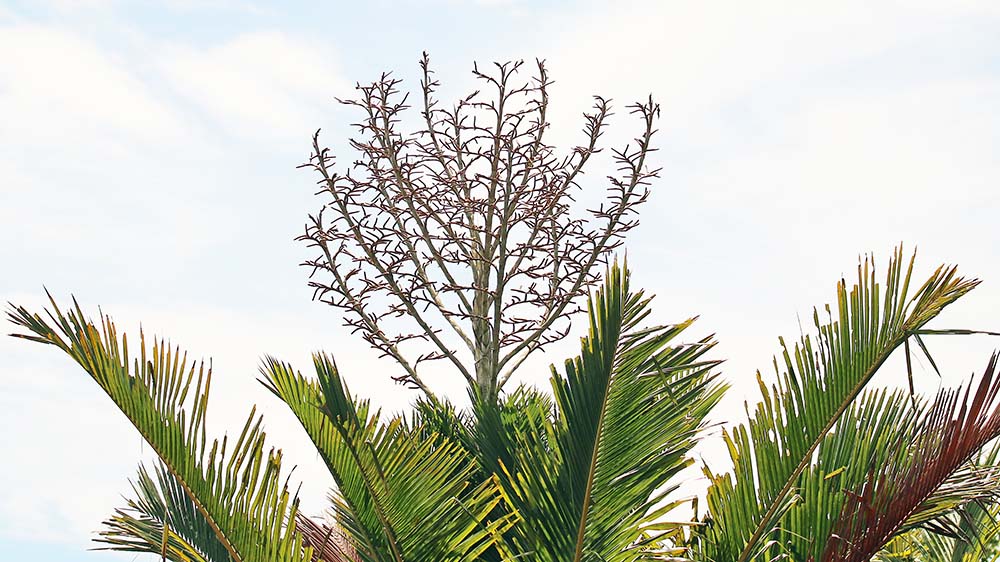 'Sago Palm', (Sepik River, PNG)
'Sago Palm', (Sepik River, PNG)There are two species of Water Monitor found in Australia, and they can be found sunning themselves on rocks along the edge of freshwater. They have distinctive laterally compressed tails with a sharp ridge, shaped like a butterfly knife. This reflects their semi-aquatic lifestyle. The two species are 'Mertens Water Monitor' and ' Mitchells Water Monitor'. Based on its larger geographic range, the above image is likely to be the former. The latter species is now rare.
 'Merten's Water Monitor', (Lake Clem Walton, Queensland)
'Merten's Water Monitor', (Lake Clem Walton, Queensland)The 'Australian Freshwater Keelback' Tropidonophis mairii is a fairly slim snake and not dangerously venomous. It is notable for being one of the few snakes in Australia that can eat Cane Toads and not die. They can be seen swimming on surface in various waterbodies, including into urban areas. It is found along east coast from south-east Queensland and intro tropics right across Australia into Kimberley and New Guinea.
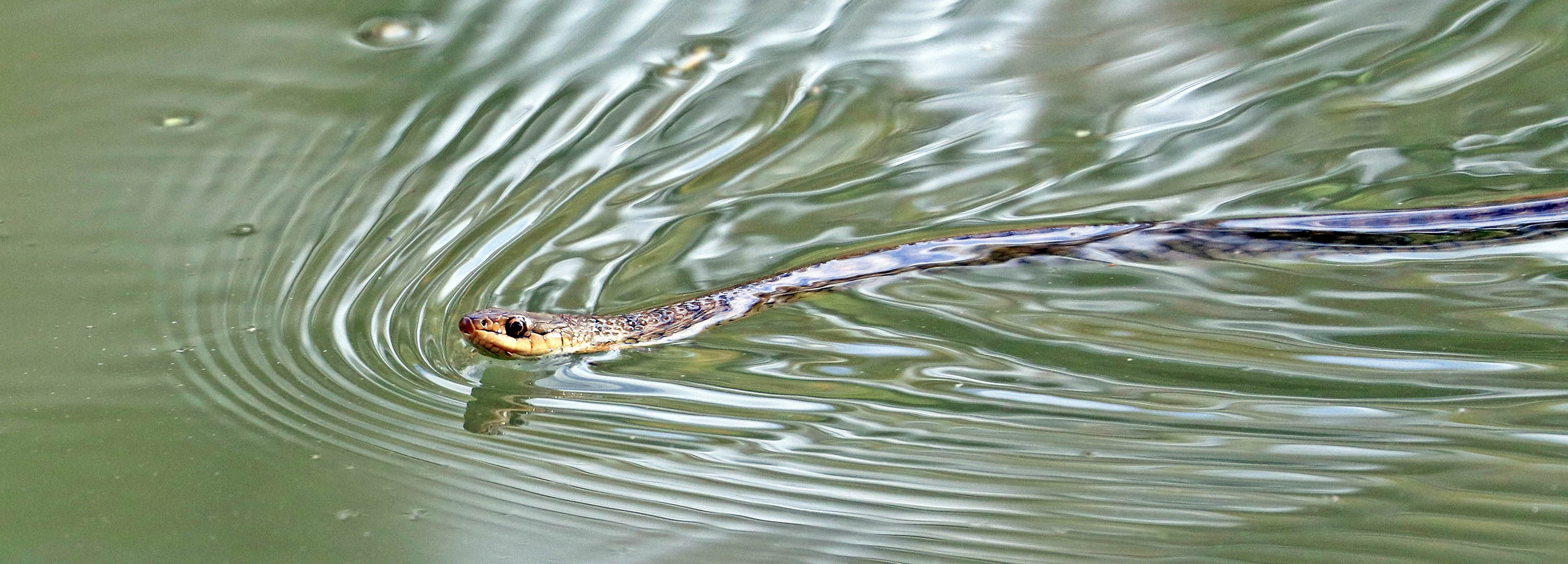 (near Emerald Botanical Gardens, Queensland)
(near Emerald Botanical Gardens, Queensland)The many native species of birds that can be found around freshwater in tropical Australasia include...
 'Pacific Black Duck', (Lake Moondarah, Queensland)
'Pacific Black Duck', (Lake Moondarah, Queensland) (Lake Mooroondah, Queensland)
(Lake Mooroondah, Queensland) 'Hardhead', 'White-eyed Duck', (Lake Moondarah, Queensland)
'Hardhead', 'White-eyed Duck', (Lake Moondarah, Queensland) 'Green Pygmy Goose', (Lake Moondarah, Queensland)
'Green Pygmy Goose', (Lake Moondarah, Queensland)Antigone rubicunda, 'Brolga'. Large and tall. Distinguished from similar Sarus Crane by having less red on the head and neck, having a dark neck flap, and having grey (rather than red) legs.
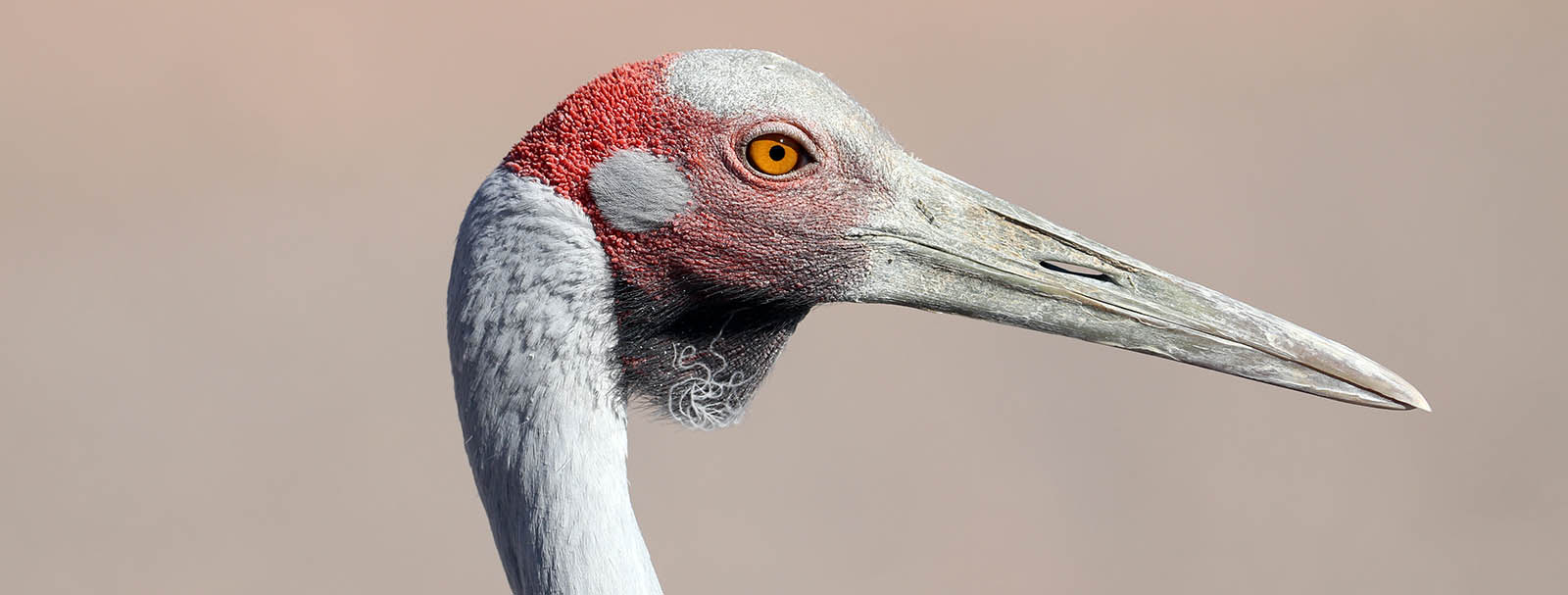 Brolga, Winton, Queensland
Brolga, Winton, Queensland'Pied Cormorant'.
 (Lake Clem Walton, Queensland)
(Lake Clem Walton, Queensland)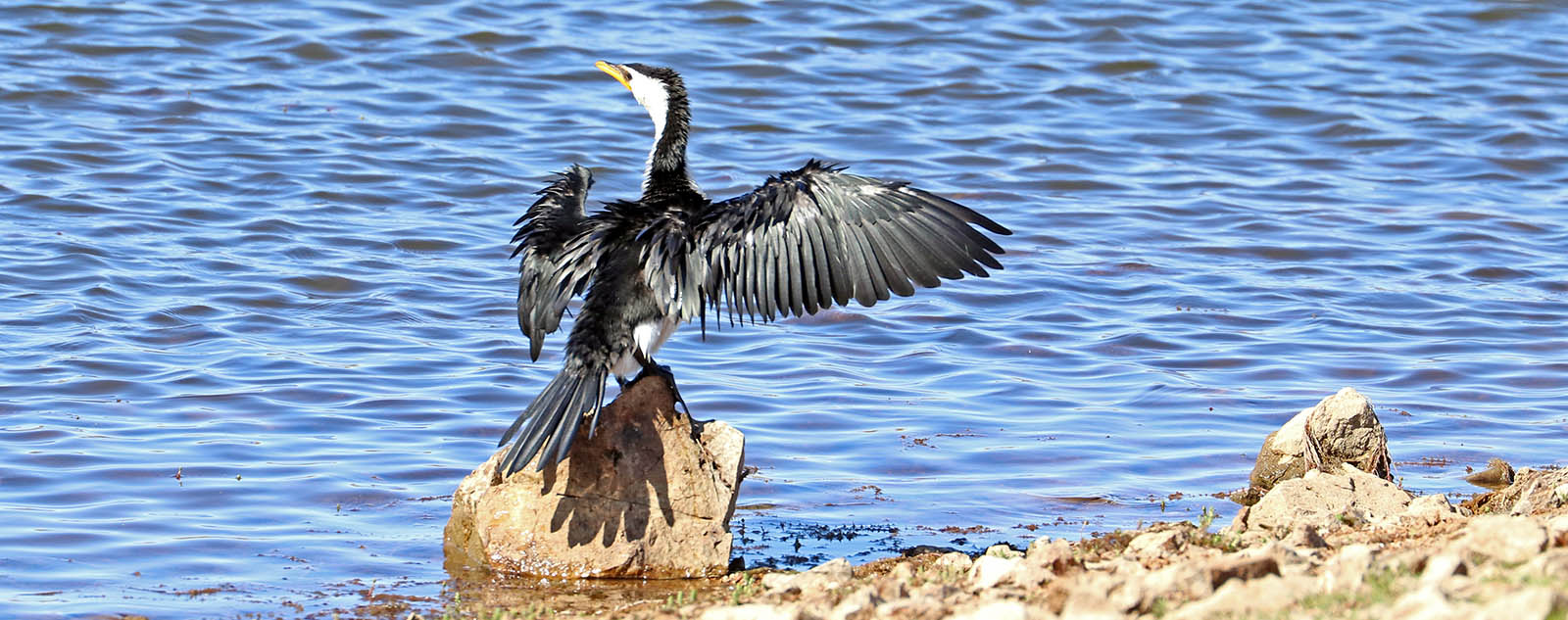 (Lake Clem Walton, Queensland)
(Lake Clem Walton, Queensland)Anhinga novaehollandiae, 'Australasian Darter' 'Anhinga'.

'Australian White Ibis'.
 (Lake Clem Walton, Queensland)
(Lake Clem Walton, Queensland)Plegadis falcinellus, 'Glossy Ibis'.

'Nankeen Heron'.
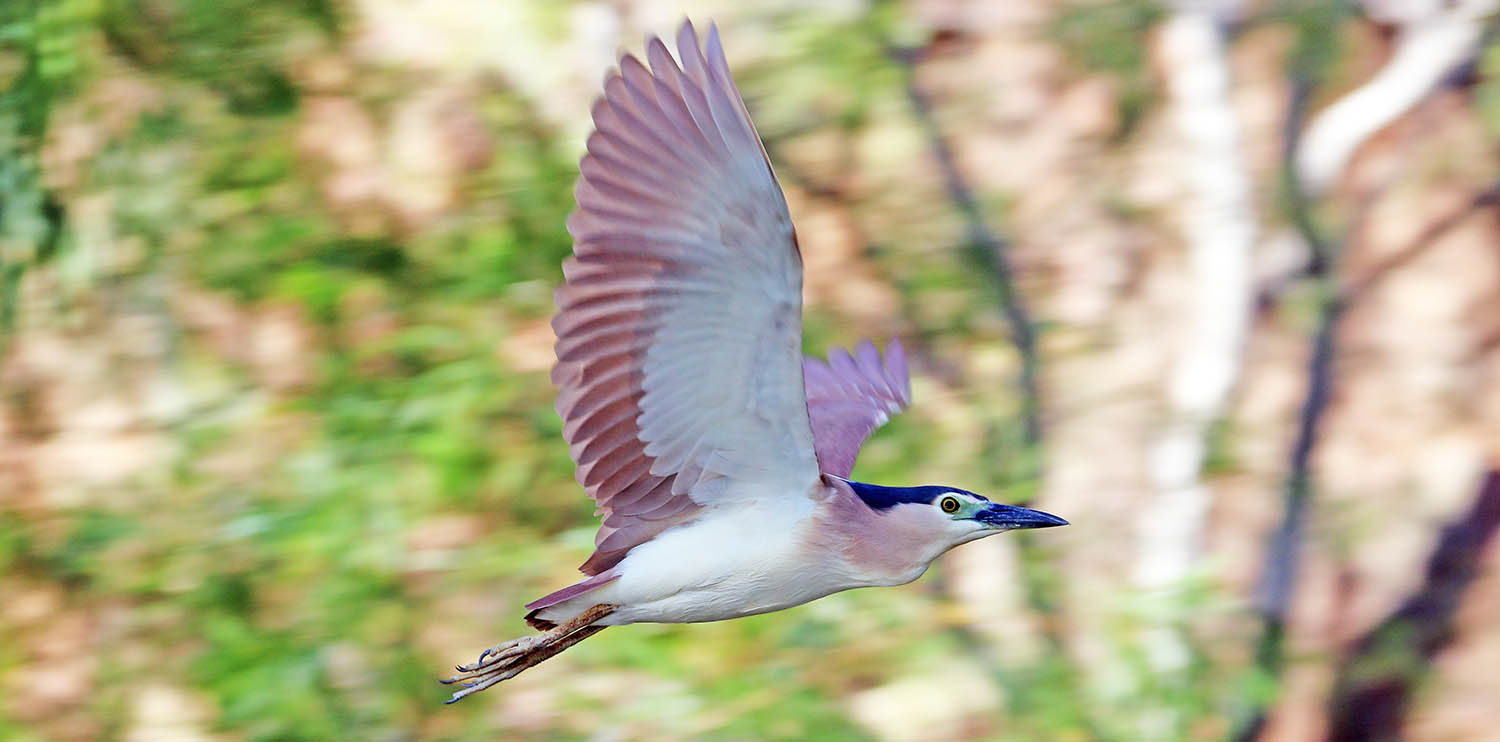 (Lake Clem Walton, Queensland)
(Lake Clem Walton, Queensland)'Pied Heron'.
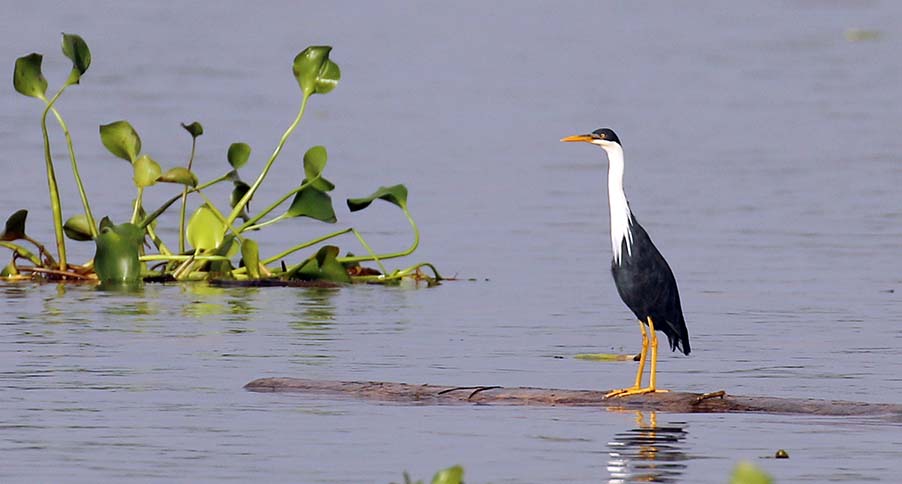 (Sepik River, PNG)
(Sepik River, PNG)'Whistling Kite'.
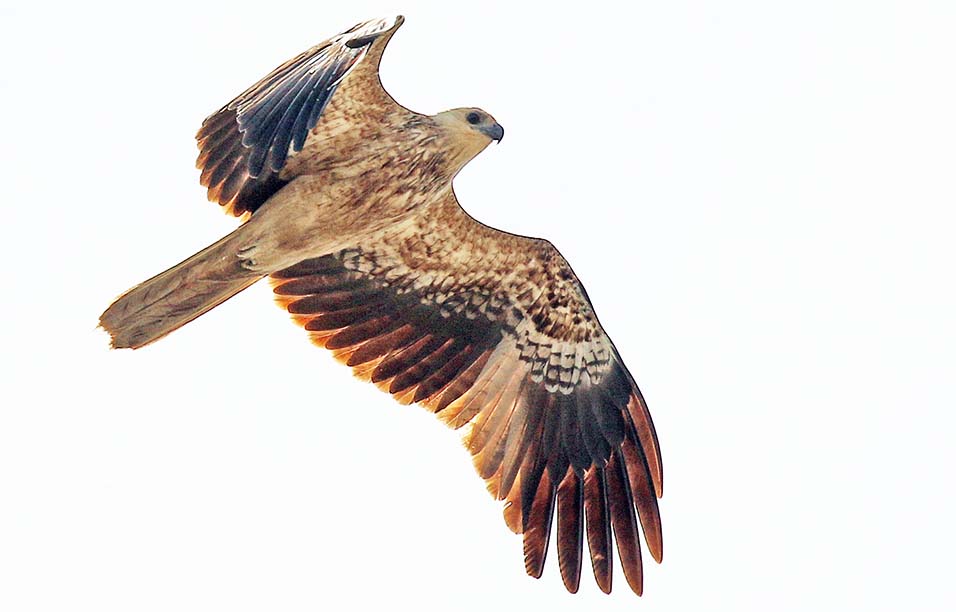 (Sepik River, PNG)
(Sepik River, PNG)Myiagra nana, 'Paperbark Flycatcher'.
 (Lake Mooroondah, Queensland)
(Lake Mooroondah, Queensland)Bathilda ruficauda, 'Star Finch'. Usually found around freshwater in tropical savanna. They are distributed patchily across northern Australia, where they occur in two extant subspecies. They are sometimes seen in large flocks. They are apparently a popular caged bird.
 (Millstream, Western Australia)
(Millstream, Western Australia)Places to experience Australasian tropical freshwater wetlands
The largest tropical freshwater area in Australia (and the most famous) is spread across Kakadu, the Northern Territory, with easy access and a great boat on Yellow Waters. The biggest single freshwater body in tropical Australia is probably Lake Argyle, Western Australia, next to Kununurra. One of the most spectacular freshwater areas in Australasia is the difficult to reach Sepik River and floodplains, in Papua New Guinea.
